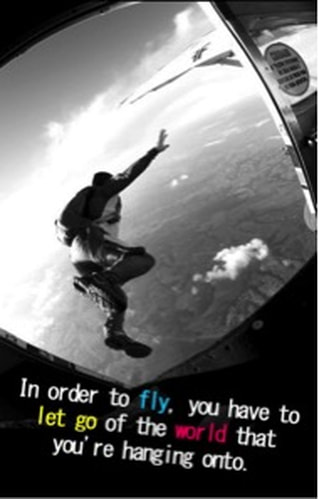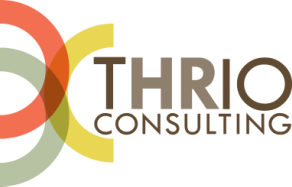|
It’s been said “there’s no such thing as bad publicity” for people in the public spotlight.
Raise your hand if you disagree. Good. From politicians to headliner comedians; from media icons to corporate founders, inclusion on the Naughty List of Sexual Harassment will bite back with instant career venom. When allegations are proven, harassers must be held accountable and suffer consequences that fit the deed. But these bad actors don’t operate in silos; they’re typically employed within some form of organizational system, which itself becomes subject to intense scrutiny, sometimes before the headlines even break.
1 Comment
 Is “fully engaged” enough? Is it truly the apex of employee satisfaction? Many organizations measure aspects of employee engagement in an effort to impact their bottom line. It’s usually captured through a 3-5-point Likert scale questioning employees on their thoughts relative to the work, their management and their organization with ratings ranging from “this pretty much sucks” to “I’m feeling awesome!” What if we could actually capture a measure that lies beyond engagement —the moments spent working in the FLOW where we are fully immersed and engaged in the work we are doing? Going with the flow Think about those times outside of work when you were doing something so enjoyable, so challenging yet required great focus and concentration. Maybe you slip into your state of flow when you’re running, enjoying a favorite hobby, or reading. For me, it’s kayaking, Play along with me here — imagine a senior executive informing one of his departmental leaders that he’s been identified to participate in an assessment process. Tiny beads of sweat start to form as the leader realizes that his professional reputation will be cast open to judgment, possibly subjecting him to a walk of atonement once his assessment results are put on display. With little understanding of what lies ahead, the leader is already dreading the assessment process.
The question that lingered in the mind of the leader is one that is commonly asked by anyone involved in the employee assessment process. For example, I recently participated in a leadership assessment certification process with a small group of talent management professionals. On the second day of the certification program, the group wanted to grapple with the question before we could continue moving forward: “Who owns the feedback from the assessment?” Not in terms of who covers the costs for the instrument; but rather, who has visibility to the feedback and what actions can (and shouldn’t) be driven from its results?  For years, I’ve kept a bucket list — a collection of experiences that I hope to check off before it’s “too late.” Some of the items are fairly inconsequential . . . mastering a Rubik's Cube like the 6th grader I met at a recent NHL hockey game. His fingers were a blur as he spun that block like a boss in less than a minute. One handed. Other entries on my bucket list are more significant (and potentially life-altering) undertakings. I checked one of these items off years ago when I finally worked up the courage to skydive for the first time. This was no chaperoned tandem event. It was just me, standing alone on the narrow jump platform of the Cessna 206, white knuckled as I hung on and listened for the jump master’s commands over the roar of the engine. There I was, ready to jump out of a perfectly good airplane. With the thumbs-up signal from the jump master, I took a deep breath to steady my adrenaline-soaked nerves, and then let go. It was the scariest, riskiest, most exhilarating thing I had ever done. I was hooked, so I booked another jump, then another. With each subsequent jump, my confidence increased as my fears subsided (although not entirely, what fun would that be?). I achieved a dream by letting go. |
FOLLOW USHR musings, talent management, business accelleration, family, fun - I'll cover them all. Check back often, and share your comments. Archives
December 2017
Categories |
|
THRIO Consulting, Inc.
401 1st Street South Suite 1411 Minneapolis, MN 55401 612.868.8090 [email protected] Copyright© 2024 THRIO Consulting. All Rights Reserved. |
READY TO LEARN HOW THRIO CAN HELP
TRANSFORM YOUR BUSINESS? Call for a FREE 30-Minute Consultation
612-868-8090 |



 RSS Feed
RSS Feed